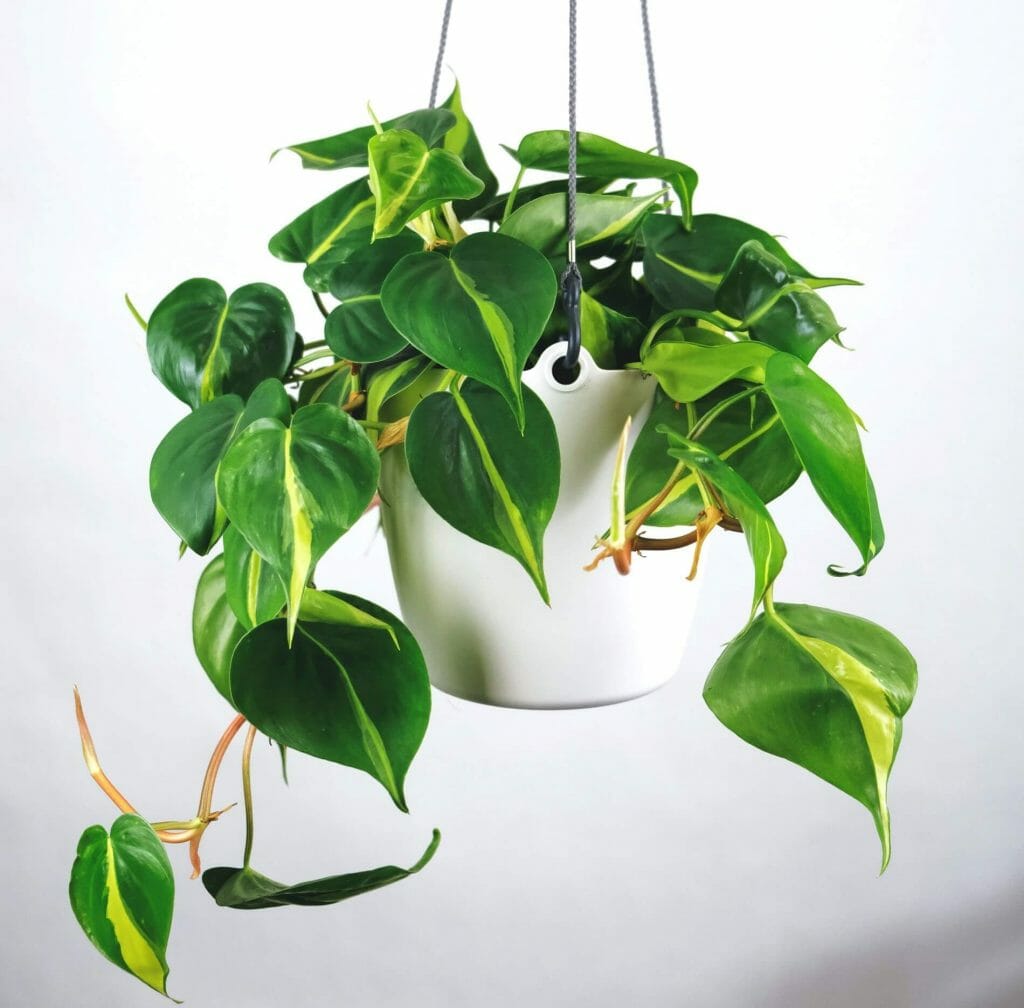One of the most common ornamental plants in America and one of the most misused is the philodendron. Found in households and office buildings around the world, the most common varieties are often seen as rare wines that are scraggly 10 feet long with some liver-shaped leaves scattered along the length. Philodendron comes from the tropics and is part of the aroid family (Araceae). Philodendron plants are present in various shapes and sizes, from small vines to giant trees. There are many different heartleaf philodendron species, each of which has its own characteristics with leaf size, shape, or coloring.

Image Source Google
Most of the Philodendron is at home in Tropical American forests and is suitable for medium-light intensity similar to a dense forest floor. Because of this adaptation, they are the main candidates to survive with low light to medium from many homes and offices. While most Philodendrons will do well in low-light situations, more colorful varieties require a brighter location.
Philodendron grows best in a rather close pot and will form a good root ball, so you can plant it in a pan that might almost look too small. Your philodendron pot at the end of the winter or in spring. Fill in the bottom of a quarter of a pan full of damaged crocks for easy drainage, which then must be covered with moss, grass or rough leaves to prevent clogged drainage. Give your philodendron to eat in spring and again in the middle of summer with liquid houseplant fertilizer. You can spread your own philodendron by cutting with at least 2 joints on it and planting it.
The factory will tolerate low light conditions, but too little light will cause plants to become rare, with new leaves growing smaller and further apart on the stem. All philodendrons must be examined regularly and remain moist evenly.